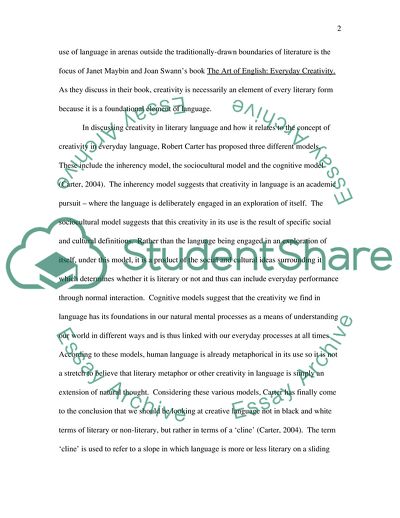Cite this document
(Creativity Exists in all Literary Practices Term Paper, n.d.)
Creativity Exists in all Literary Practices Term Paper. Retrieved from https://studentshare.org/literature/1737792-all-literary-practices-contain-creative-elements-discuss
Creativity Exists in all Literary Practices Term Paper. Retrieved from https://studentshare.org/literature/1737792-all-literary-practices-contain-creative-elements-discuss
(Creativity Exists in All Literary Practices Term Paper)
Creativity Exists in All Literary Practices Term Paper. https://studentshare.org/literature/1737792-all-literary-practices-contain-creative-elements-discuss.
Creativity Exists in All Literary Practices Term Paper. https://studentshare.org/literature/1737792-all-literary-practices-contain-creative-elements-discuss.
“Creativity Exists in All Literary Practices Term Paper”. https://studentshare.org/literature/1737792-all-literary-practices-contain-creative-elements-discuss.


